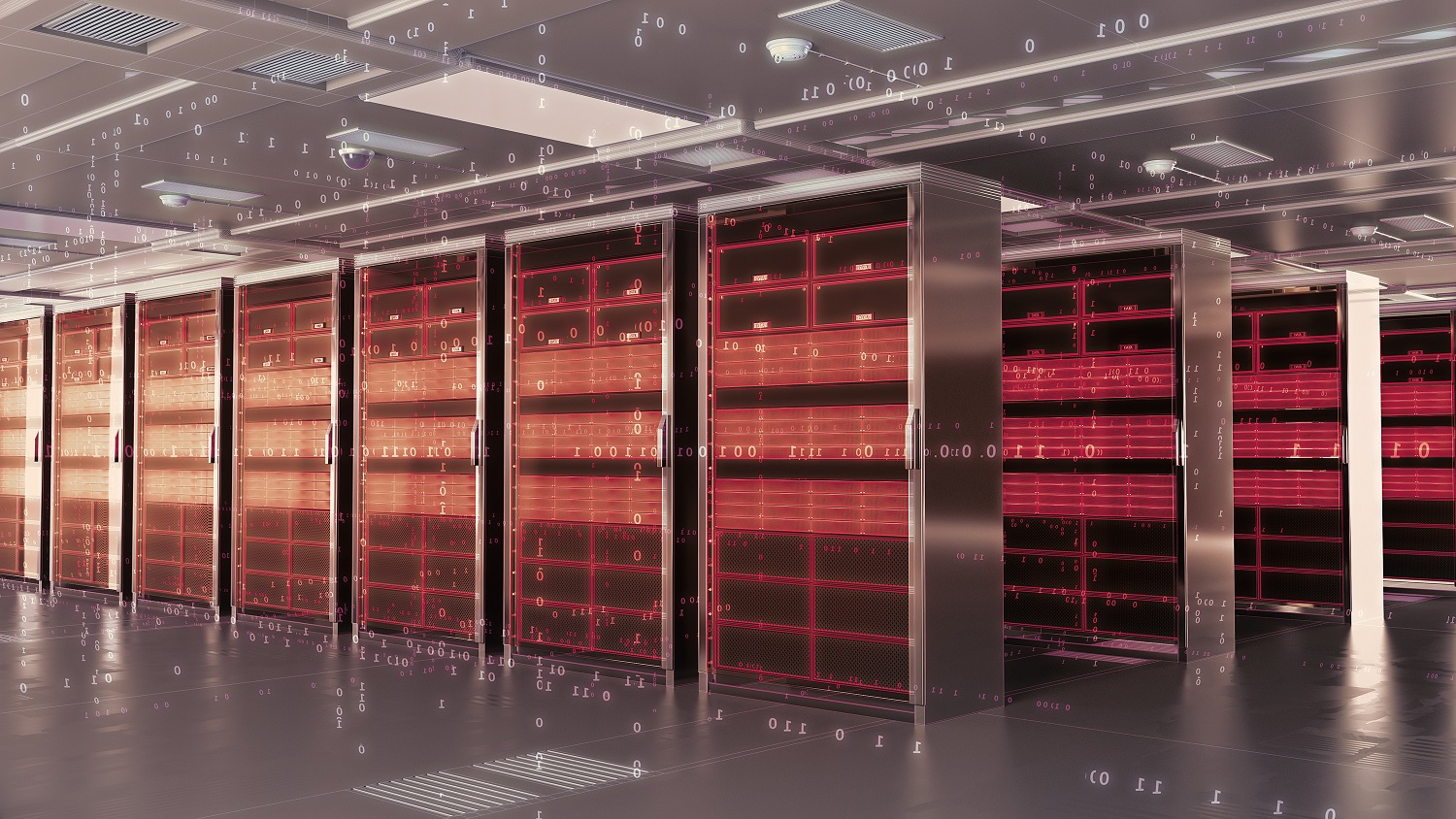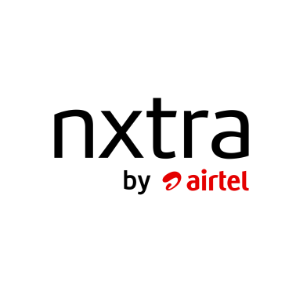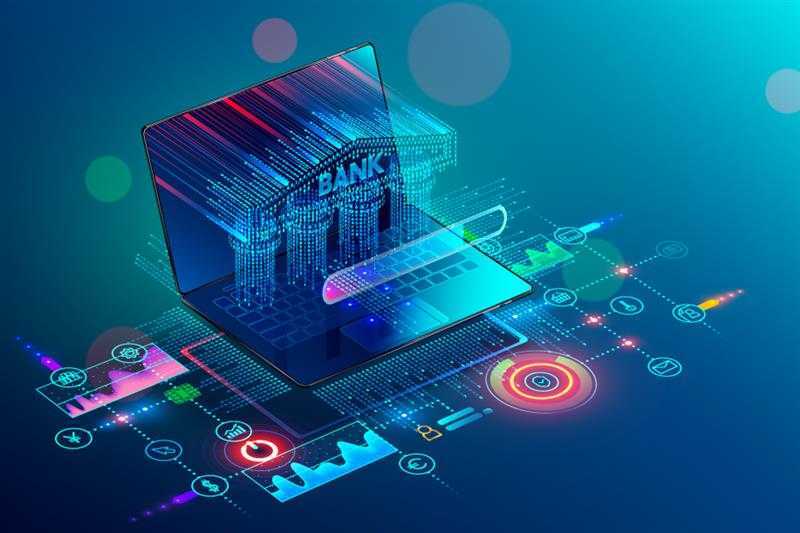As businesses aggressively pursue digital transformation, they seek future-ready data center infrastructure to fulfil their computing needs. Data Center transformation is therefore becoming essential for organisations to deliver on all three fronts: performance, efficiency and sustainability.

As businesses today aggressively pursue digital transformation, they are increasingly seeking sophisticated applications and infrastructure to fulfill their computing needs. The huge growth of data centers and cloud computing in recent years is a testament to this trend. Many organizations, though, have been reluctant to completely take advantage of these technological advancements due to issues concerning security, scalability, governance and cost of operations.
Enterprises will soon have to revamp their traditional on-premise storage and existing data centers to cope with the rising demand for computing power. Amid the growing rollout of IoT, related initiatives such as Smart Cities and Connected Devices, and quantum computing, the cost of running and managing a data center (DC) is likely to increase. Total cost of ownership (TCO) for a data center of 500-5,000 sq ft in size is currently estimated to be around $26,495 per KW annually. It is imperative for businesses to achieve significant economies of scale by optimizing the size of DCs, and boosting their operating efficiency around various aspects – including energy consumption and sustainability.
Data center transformation is, therefore, becoming absolutely essential for organizations to keep up with their continuously evolving IT roadmaps and address future computing needs. The next-generation DC needs to be far more flexible and programmable than is the case presently. It also must be much more agile, scalable and automated so that it can deliver on all the three core mandates of performance, efficiency and sustainability.
Though easier stated than done, leading service providers are already building future-proof, innovative data centers that can address these pressing requirements of enterprises. A few key initiatives stand out in this regard:
Software-defined data center (SDDC) - shifting focus from hardware to software
Unlike traditional data centers, their modern counterparts need not dedicate one server per application. Thanks to virtualization, every part of the data center–from storage, security and network to overall management–can now be software-driven and abstracted, facilitating greater control over physical and virtual resources. While a software-defined data center (SDDC) can help reduce the complexity associated with managing a large number of resources, it can also significantly lower overall operating costs. Moreover, it can open up the resources to be used by more tenants, if required.
High density data center (HDDC) - smaller, more scalable rather than bigger
As virtualization enables one physical server to host multiple virtual machines, data centers can do without investing heavily in physical space. In addition, by upgrading to a HDDC set up and increasing the density per cabinet to more than 10 KW, data centers can achieve much higher cost savings and efficiency improvements which the service providers can in turn pass on to their customers. Beside the use of converged infrastructure (CI) and Hyper Converged Infrastructure (HCI), this can make a big difference in the way data centers are designed and operated, by boosting flexibility and scalability.
Computing on the edge - more efficient and effective
As end users expect instantaneous connections and connected devices demand near zero latency, traditional data centers that service from thousands of miles away will no more be able to cater to such requests efficiently. Edge computing fills this gap by provisioning large-scale, agile computing capabilities via a distributed data center infrastructure where smaller, multiple data centers are operated closer to end users. As a result, latency and network traffic are reduced, beside optimizing the turnaround time and TCO of DC service provisioning, ultimately driving higher end user satisfaction.
SSA technologies - secure, stable and reliable
As companies increasingly roll out software-controlled, smaller data centers across locations, they also must ensure stability of the in-house connectivity infrastructure and data centers. This is where SSA devices and network components help bring in better reliability by providing a fail-proof, bi-directional cabling system. By using SSA technologies for SAN connectivity, data center managers can ensure more data protection and availability. This will, in turn, help address enterprise storage challenges with high speed data transfers.
In addition to the developments outlined above, many service providers are pursuing innovation on the sustainability front by building green data centers that run on renewable energy sources such as wind and solar.
It is no doubt that data center technologies are rapidly evolving. By knowing how to leverage them properly through partnerships with their service providers, enterprises can easily take their IT operations to the next level.
Nxtra by Airtel, a subsidiary of Bharti Airtel Limited, offers
largest network of secure, scalable, and sustainable data centers
in India to leading enterprises, hyperscalers, start-ups, SMEs
and governments.
Follow us on :






_1724410758.jpg)
